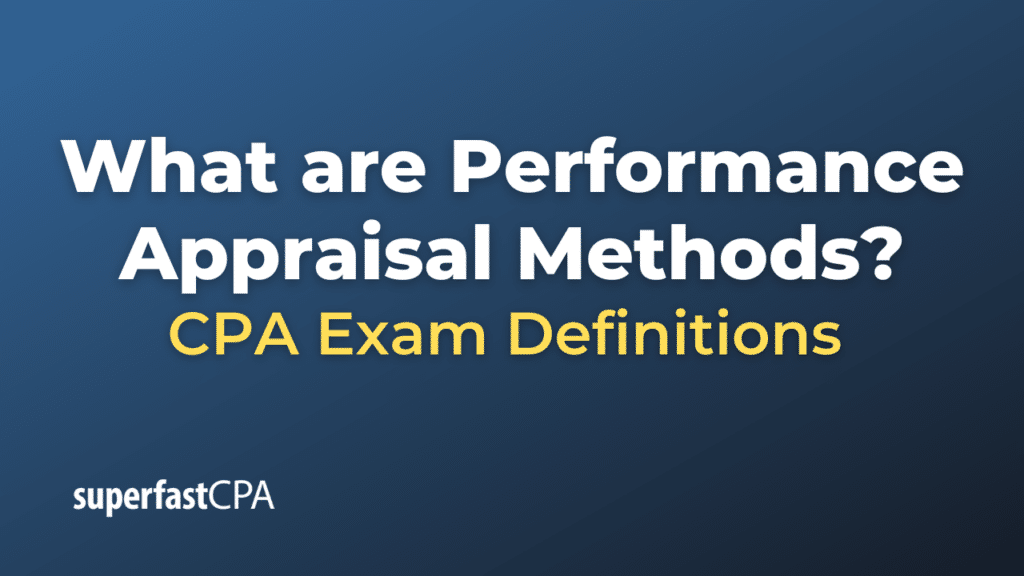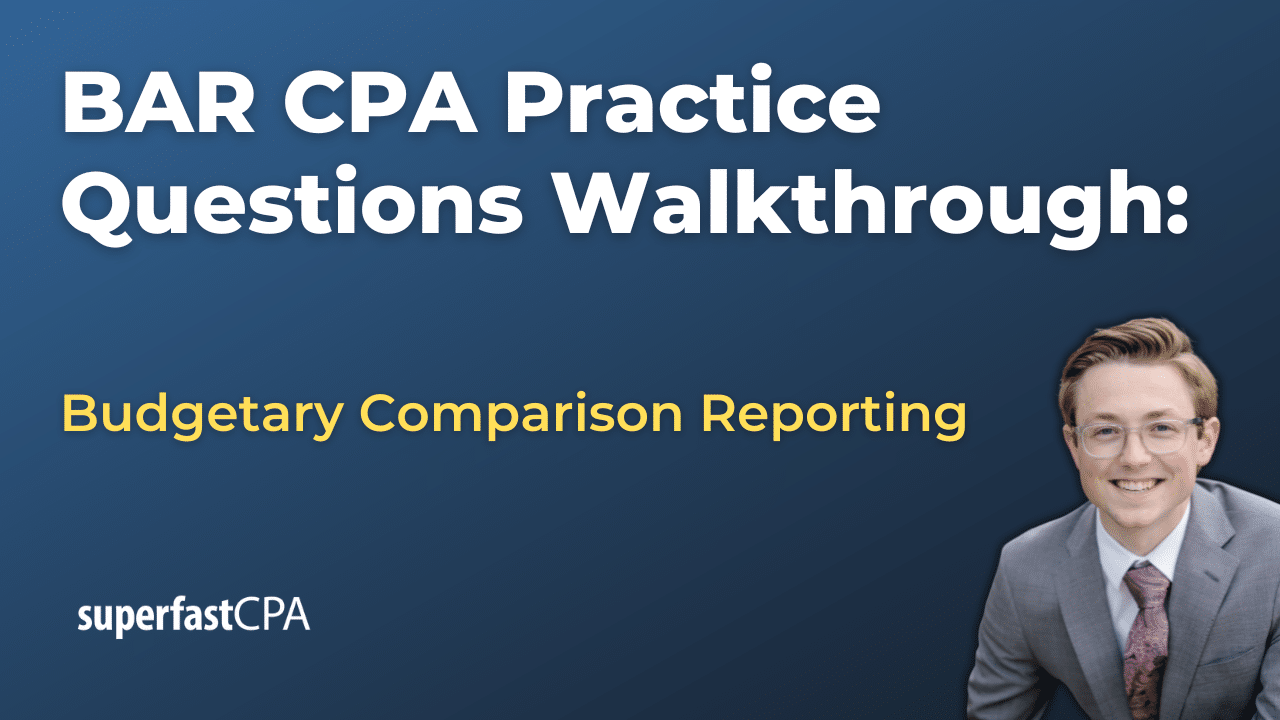Performance Appraisal Methods
Performance appraisal methods are various ways in which an employee’s performance is evaluated by their employer. The method chosen depends on the nature of the job, the objectives of the appraisal, the organizational culture, and other factors. The goal of a performance appraisal is to provide feedback, aid in career development, provide a basis for remuneration, promotions, terminations, etc. Here are some common performance appraisal methods:
- Graphic Rating Scale: This is one of the simplest and most popular techniques. In this method, an employee’s performance is rated on certain given parameters such as initiative, dependability, creativity, technical ability, attendance, etc. Each of these factors is given a rating, usually on a numerical scale, and the employee’s performance is assessed based on the scores.
- 360-Degree Feedback: In this method, an employee’s performance is evaluated by their peers, subordinates, superiors, and sometimes, from self-evaluation. It is a comprehensive method that covers feedback from all angles and is considered more balanced than other methods.
- Management by Objectives (MBO): In MBO, specific measurable goals are set for an employee, and the employee’s performance is evaluated based on how well they have achieved these goals.
- Behaviorally Anchored Rating Scales (BARS): This method combines the benefits of narrative critical incidents and quantified ratings. BARS measures an employee’s performance against specific behaviors that are anchored to numerical ratings.
- Critical Incident Technique: Under this method, the manager records the employee’s significant job-related behavior, both positive and negative. These critical incidents are used as a basis for discussing performance with the employee.
- Assessment Center Method: This method is usually used for middle or upper-level management positions. It involves a series of activities and exercises that simulate the tasks and demands of the job. The employee’s performance in these activities is observed and evaluated.
Remember that each method has its strengths and weaknesses and may not be equally applicable or effective in all types of jobs or organizational structures. Some companies may even use a combination of different methods to evaluate their employees’ performance.
Example of Performance Appraisal Methods
Let’s take the example of a software development company and how it might use a few different performance appraisal methods:
- Graphic Rating Scale: The manager might rate a software engineer’s performance based on parameters such as technical skills, problem-solving ability, teamwork, punctuality, and communication skills. Each of these factors might be rated on a scale of 1-5, where 1 is poor and 5 is excellent. The sum of these ratings will give an overall performance score.
- 360-Degree Feedback: The same software engineer might also be evaluated through a 360-degree feedback process. This means the engineer’s peers, any reporting staff, supervisors, and potentially even clients provide feedback about their interactions. The engineer might also provide a self-assessment. All this feedback is compiled to provide a comprehensive view of the engineer’s abilities, effectiveness, and behavior.
- Management by Objectives (MBO): The manager and the software engineer might set specific, measurable goals for the year, such as “Reduce the number of bugs in code by 15%,” or “Implement a new feature that improves the speed of the software by 20%.” At the end of the year, the manager will assess how well the engineer achieved these goals.
- Behaviorally Anchored Rating Scales (BARS): The software engineer could be evaluated based on how they behave in certain situations. For example, the manager might rate how well the engineer reacts when a project deadline changes, how they handle constructive criticism, or how they help a struggling teammate.
- Critical Incident Technique: The manager might keep a record of significant positive and negative job-related behaviors. For example, if the engineer successfully fixed a major software bug that was causing problems for a major client, that could be a positive incident. If the engineer missed a crucial deadline that caused a project delay, that might be a negative incident.
In each case, the results of the appraisal could be used to guide decisions on promotions, bonuses, training needs, or areas where performance improvement is needed.









